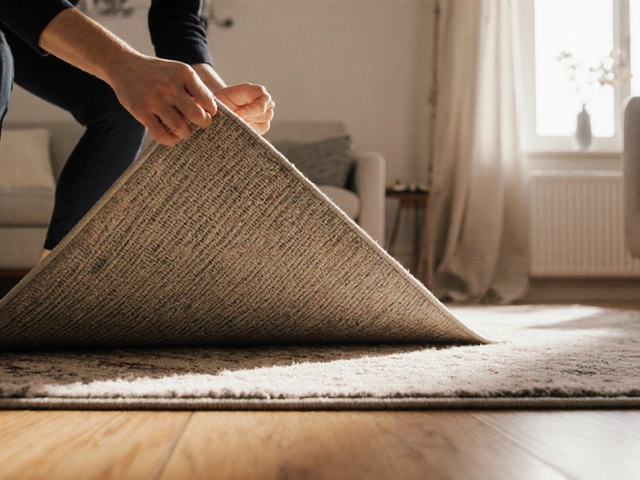Adjustable Beds: Your Easy Guide to Comfort and Health
Ever feel stuck in an uncomfortable position after a long day? An adjustable bed might be the fix you didn’t know you needed. It lets you raise or lower the head and foot sections with a button, so you can find the spot that feels just right. From better sleep to easier reading in bed, the benefits are surprisingly simple.
Why Choose an Adjustable Bed?
First off, comfort goes up a notch. When you can tilt the head up a few inches, snoring often eases and reflux symptoms drop. That’s because gravity does the work instead of your body. Second, everyday tasks get easier. Getting out of bed when you’ve got a back issue can be a pain – an adjustable frame lifts you into a sitting position, reducing strain on your knees and spine.
People also love the convenience factor. Most models come with a remote or even a smartphone app, so you can adjust the bed without moving a muscle. Some even have USB ports for charging devices while you relax. If you share a bed, many units let each side move independently, so both partners can find their own sweet spot.
How to Pick the Right Adjustable Bed
Start with the mattress type. Memory foam and latex work best because they stay flexible when the frame bends. Innerspring mattresses can feel stiff or get damaged over time, so avoid them if you plan to lift the bed often.
Next, think about the range of motion. Look for a bed that offers at least 60 degrees of head lift and 30 degrees of foot lift – that covers most reading, watching TV, and sleeping positions. If you suffer from specific health issues, check whether the model can go lower than flat; some therapeutic beds dip down to help with circulation.
Noise level matters too. A quiet motor means you won’t wake up when the bed adjusts at night. Read reviews or test the unit in a store if you can. The last thing you want is a rattling bed that keeps you awake.
Budget is a real factor. Prices range from a few hundred pounds for basic models to over a thousand for premium features like massage or body‑temperature sensors. Set a realistic budget, then decide which extra features are worth the extra cost for you.
Finally, check the warranty and customer service. Adjustable beds have moving parts, so a solid warranty (at least five years on the motor) shows the brand stands behind its product. Good support can save you headaches if something stops working.
To sum up, an adjustable bed can turn a regular bedroom into a personal comfort zone. Pick a compatible mattress, watch the motion range, listen for quiet operation, and match the price to the features you need. With the right choice, you’ll notice better sleep, easier mornings, and a whole lot more relaxation. Ready to give it a try?

Doctors’ Insights on Adjustable Beds: Comfort, Health Benefits, and Real Recommendations
Curious what doctors truly think about adjustable beds? This article breaks down medical perspectives, key benefits, and practical tips for sleep comfort and pain relief.

Who Should Steer Clear of Adjustable Beds?
Adjustable beds can offer comfort and customization for many people, but they're not always suitable for everyone. While they provide benefits such as improved sleep posture and pain relief, there are specific conditions and preferences where they might not be the best choice. Understanding who should avoid them can save time, resources, and prevent discomfort. This article explores the situations where an adjustable bed may not be ideal.
Categories
- Storage (27)
- Bathroom (18)
- Sofas (15)
- Curtains (15)
- Home Decor (12)
- Bedding (11)
- Kitchenware (11)
- Cushions (11)
- Mirrors (10)
- Rugs (9)
Popular Articles



